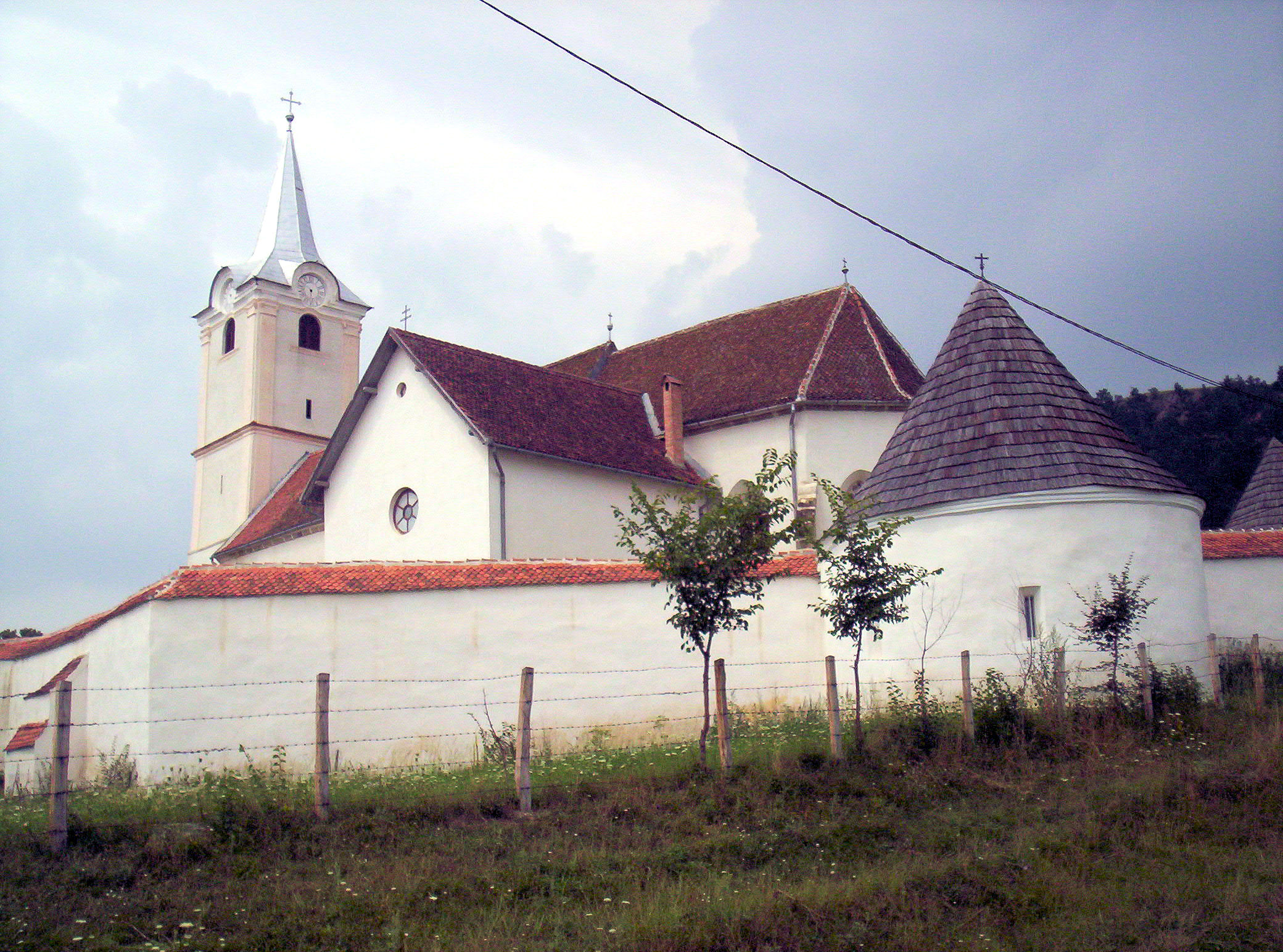|
Dacian Fortress Of Sânzieni
The Dacian fortress of Sânzieni was a Dacian fortified town. It was located in the town of Sânzieni, Romania Romania ( ; ro, România ) is a country located at the crossroads of Central, Eastern, and Southeastern Europe. It borders Bulgaria to the south, Ukraine to the north, Hungary to the west, Serbia to the southwest, Moldova to the east, and .... References Dacian fortresses in Covasna County Historic monuments in Covasna County {{Europe-archaeology-stub ... [...More Info...] [...Related Items...] OR: [Wikipedia] [Google] [Baidu] |
Sânzieni
Sânzieni ( hu, Kézdiszentlélek, Hungarian pronunciation: ) is a commune in Covasna County, Transylvania, Romania composed of four villages: *Cașinu Mic / Kiskászon *Petriceni / Kézdikővár *Sânzieni / Kézdiszentlélek *Valea Seacă / Kézdiszárazpatak History Sânzieni formed part of the Székely Land region of the historical Transylvania province. Until 1918, the village belonged to the Háromszék County of the Kingdom of Hungary. After the Treaty of Trianon of 1920, it became part of Romania. Demographics The commune has an absolute Székely Hungarian majority. According to the 2011 census, it has a population of 4,563, of which 99.17% or 4,525 are Hungarian. International relations Sânzieni is twinned with Újbuda, Budapest Budapest (, ; ) is the capital and most populous city of Hungary. It is the ninth-largest city in the European Union by population within city limits and the second-largest city on the Danube river; the city has an estimated ... [...More Info...] [...Related Items...] OR: [Wikipedia] [Google] [Baidu] |
Covasna County
Covasna County (, hu, Kovászna megye, ) is a county ( județ) of Romania, in eastern Transylvania, with the county seat at Sfântu Gheorghe. Demographics In 2011, it had a population of 210,177, making it the second least populous of Romania's 41 counties and the population density was . In 2002 the ethnic composition of the county was as follows: * Hungarians – 73.58% (or 164,158) * Romanians – 23.28% (or 51,790) * Romani – 2.68% (or 5,973) According to the 2011 census, the composition of the county was: * Hungarians – 73.74% (or 150,468) * Romanians – 22.02% (or 45,021) * Romani – 4.05% (or 8,267) * Others - 0.19% Covasna County has the second-greatest percentage of Hungarian population in Romania, just behind the neighboring county of Harghita. The Hungarians of Covasna are primarily Székelys. Geography Covasna county has a total area of . The main part of the relief consists of mountains from the Eastern Carpathians group. Most localities can be found ... [...More Info...] [...Related Items...] OR: [Wikipedia] [Google] [Baidu] |
Romania
Romania ( ; ro, România ) is a country located at the crossroads of Central Europe, Central, Eastern Europe, Eastern, and Southeast Europe, Southeastern Europe. It borders Bulgaria to the south, Ukraine to the north, Hungary to the west, Serbia to the southwest, Moldova to the east, and the Black Sea to the southeast. It has a predominantly Temperate climate, temperate-continental climate, and an area of , with a population of around 19 million. Romania is the List of European countries by area, twelfth-largest country in Europe and the List of European Union member states by population, sixth-most populous member state of the European Union. Its capital and largest city is Bucharest, followed by Iași, Cluj-Napoca, Timișoara, Constanța, Craiova, Brașov, and Galați. The Danube, Europe's second-longest river, rises in Germany's Black Forest and flows in a southeasterly direction for , before emptying into Romania's Danube Delta. The Carpathian Mountains, which cross Roma ... [...More Info...] [...Related Items...] OR: [Wikipedia] [Google] [Baidu] |
Dacians
The Dacians (; la, Daci ; grc-gre, Δάκοι, Δάοι, Δάκαι) were the ancient Indo-European inhabitants of the cultural region of Dacia, located in the area near the Carpathian Mountains and west of the Black Sea. They are often considered a subgroup of the Thracians. This area includes mainly the present-day countries of Romania and Moldova, as well as parts of Ukraine, Moravian Banovina, Eastern Serbia, Northern Bulgaria, Slovakia, Hungary and Southern Poland. The Dacians and the related Getae spoke the Dacian language, which has a debated relationship with the neighbouring Thracian language and may be a subgroup of it. Dacians were somewhat culturally influenced by the neighbouring Scythians and by the Celtic invasion of the Balkans, Celtic invaders of the 4th century BC. Name and etymology Name The Dacians were known as ''Geta'' (plural ''Getae'') in Ancient Greek writings, and as ''Dacus'' (plural ''Daci'') or ''Getae'' in Roman Empire, Roman documents, b ... [...More Info...] [...Related Items...] OR: [Wikipedia] [Google] [Baidu] |
Dacian Fortresses In Covasna County
Dacian, Geto-Dacian, Daco-Getic or Daco-Getian () often refers to something of or relating to: * Dacia (other) * Dacians * Dacian language Dacian may also refer to: * Dacian archaeology * Dacian art * Dacia in art * Dacian culture * Dacian deities * Dacian goddesses * Dacian gods * Dacian mythology * Dacian names * Dacian sites * Dacian bracelets, bracelets associated with the ancient peoples known as the Dacians, a particularly individualized branch of the Thracians * Dacian kings * Dacian towns, settlements and fortified towns * Dacian tribes * Dacian warfare, spans from c. 10th century BC up to the 2nd century AD in the region defined by Ancient Greek and Latin historians as Dacia * Dacian weapons * Domitian's Dacian War, a conflict between the Roman Empire and the Dacian Kingdom * Trajan's Dacian Wars, two military campaigns fought between the Roman Empire and Dacia during Roman Emperor Trajan's rule It may also refer to: * Daco-Roman, the Romanized culture of Daci ... [...More Info...] [...Related Items...] OR: [Wikipedia] [Google] [Baidu] |


